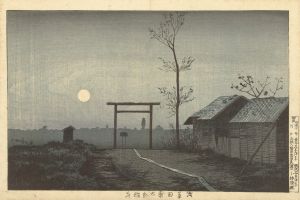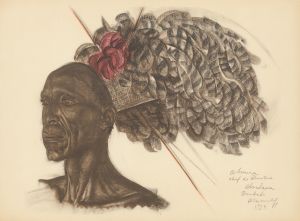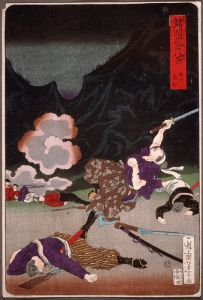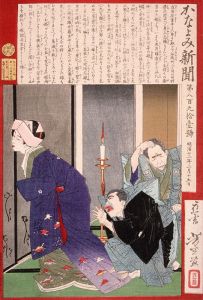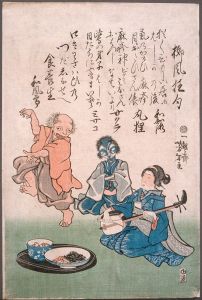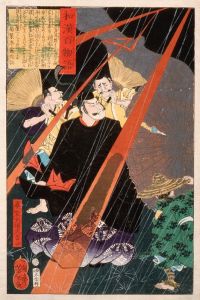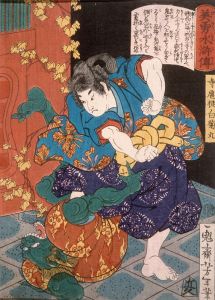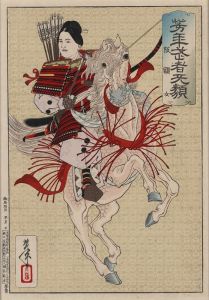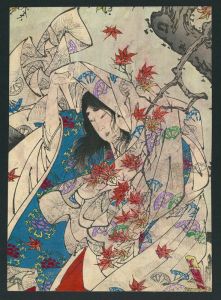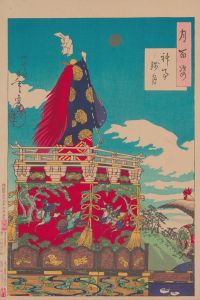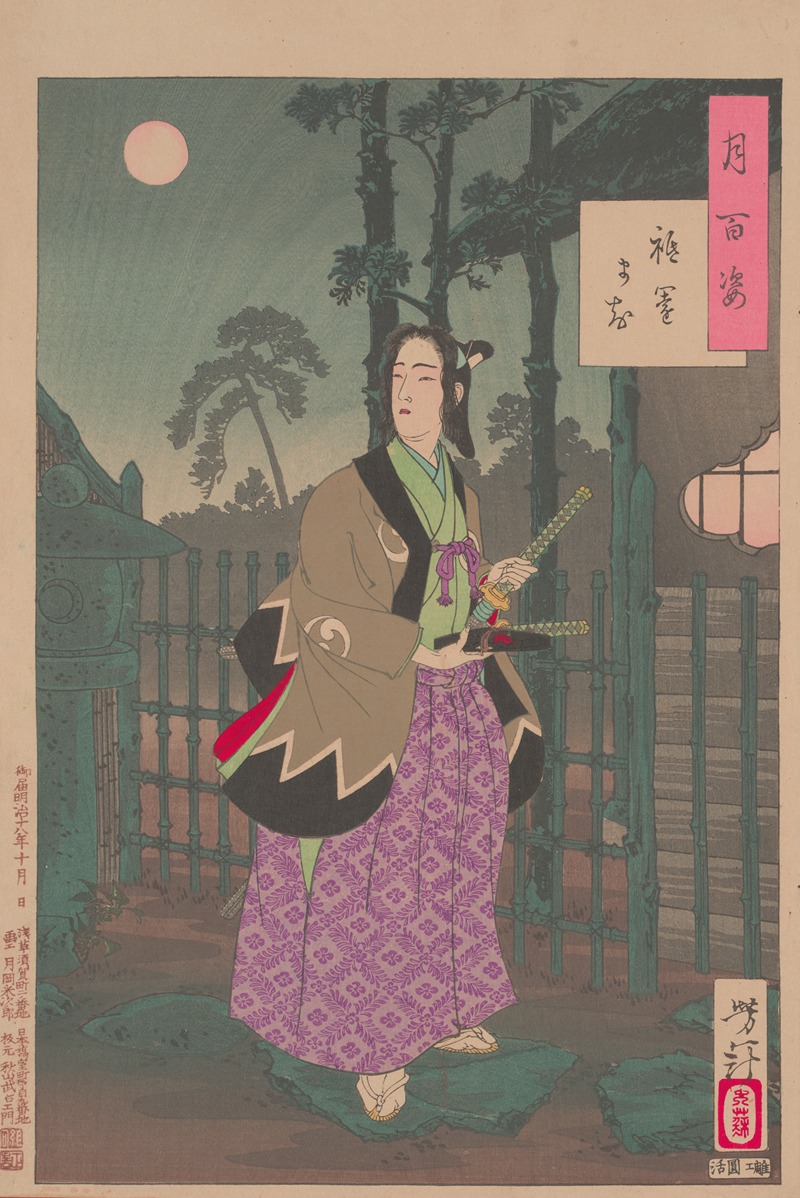
The Gion District
A hand-painted replica of Tsukioka Yoshitoshi’s masterpiece The Gion District, meticulously crafted by professional artists to capture the true essence of the original. Each piece is created with museum-quality canvas and rare mineral pigments, carefully painted by experienced artists with delicate brushstrokes and rich, layered colors to perfectly recreate the texture of the original artwork. Unlike machine-printed reproductions, this hand-painted version brings the painting to life, infused with the artist’s emotions and skill in every stroke. Whether for personal collection or home decoration, it instantly elevates the artistic atmosphere of any space.
"The Gion District" is a woodblock print by the renowned Japanese artist Tsukioka Yoshitoshi, who is widely recognized for his contributions to the ukiyo-e genre during the late Edo and early Meiji periods. Yoshitoshi, born in 1839 and passing away in 1892, is celebrated for his innovative approach to traditional Japanese woodblock printing, often blending classical themes with a modern sensibility.
This particular print, "The Gion District," is part of Yoshitoshi's larger body of work that frequently depicted scenes from Japanese folklore, history, and daily life. The Gion District, located in Kyoto, is one of Japan's most famous geisha districts, known for its traditional wooden machiya houses, teahouses, and the presence of geiko (Kyoto dialect for geisha) and maiko (apprentice geisha). The district has been a center of entertainment and culture for centuries, making it a fitting subject for Yoshitoshi's artistic exploration.
Yoshitoshi's depiction of the Gion District captures the essence of this vibrant area, showcasing its unique architecture and the elegant figures of geiko and maiko. His use of color, line, and composition reflects the influence of both traditional Japanese aesthetics and the changing artistic trends of the Meiji era. Yoshitoshi was known for his ability to convey emotion and movement in his prints, and "The Gion District" is no exception, offering viewers a glimpse into the dynamic and culturally rich world of Kyoto's entertainment quarter.
The print is notable for its attention to detail and the skillful use of woodblock printing techniques. Yoshitoshi's work often involved collaboration with skilled carvers and printers, who helped bring his intricate designs to life. The process of creating a woodblock print like "The Gion District" involved multiple steps, including the initial drawing, carving the woodblocks, and applying the ink and colors, each requiring a high level of craftsmanship.
Yoshitoshi's career spanned a period of significant transition in Japan, as the country opened up to Western influences and underwent rapid modernization. Despite these changes, Yoshitoshi remained dedicated to the traditional art of woodblock printing, while also incorporating new elements and ideas into his work. His prints, including "The Gion District," are seen as a bridge between the classical ukiyo-e style and the emerging modern art movements of the late 19th century.
Today, Tsukioka Yoshitoshi is regarded as one of the last great masters of the ukiyo-e tradition. His works are highly valued by collectors and art historians for their artistic merit and historical significance. "The Gion District" stands as a testament to Yoshitoshi's skill and his ability to capture the beauty and complexity of Japanese culture during a time of profound change.





